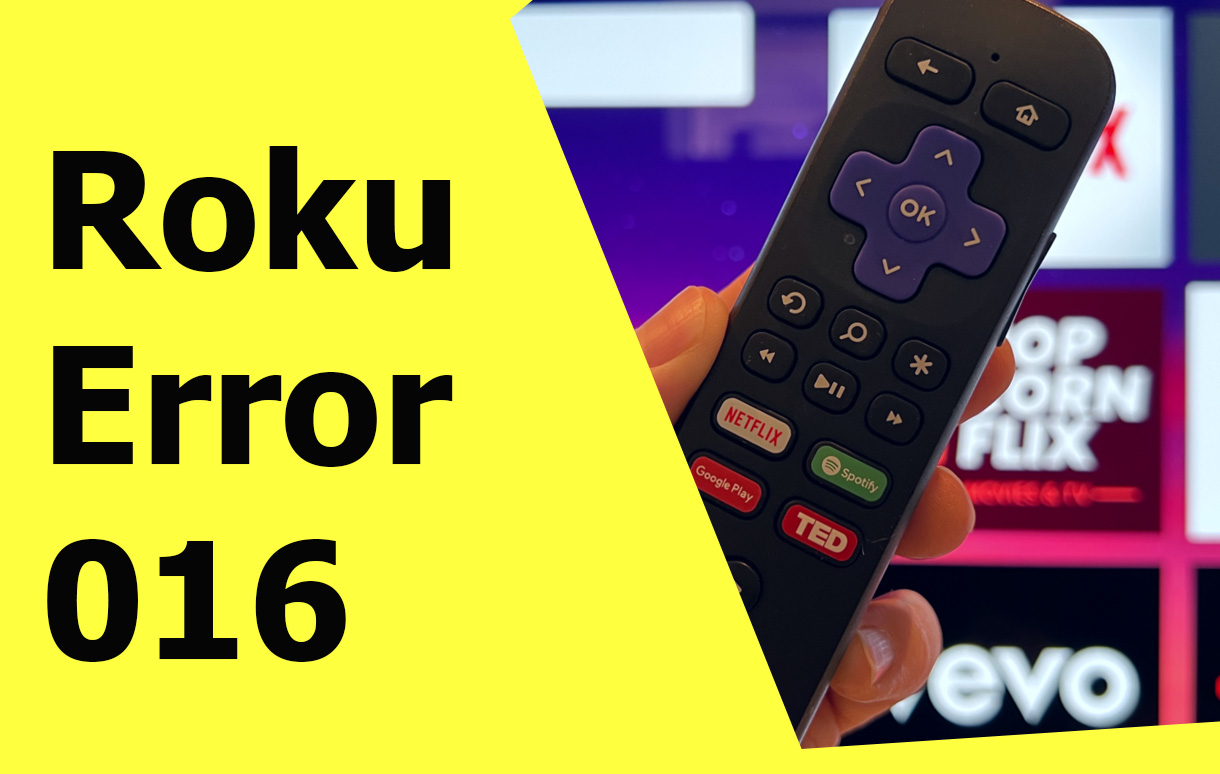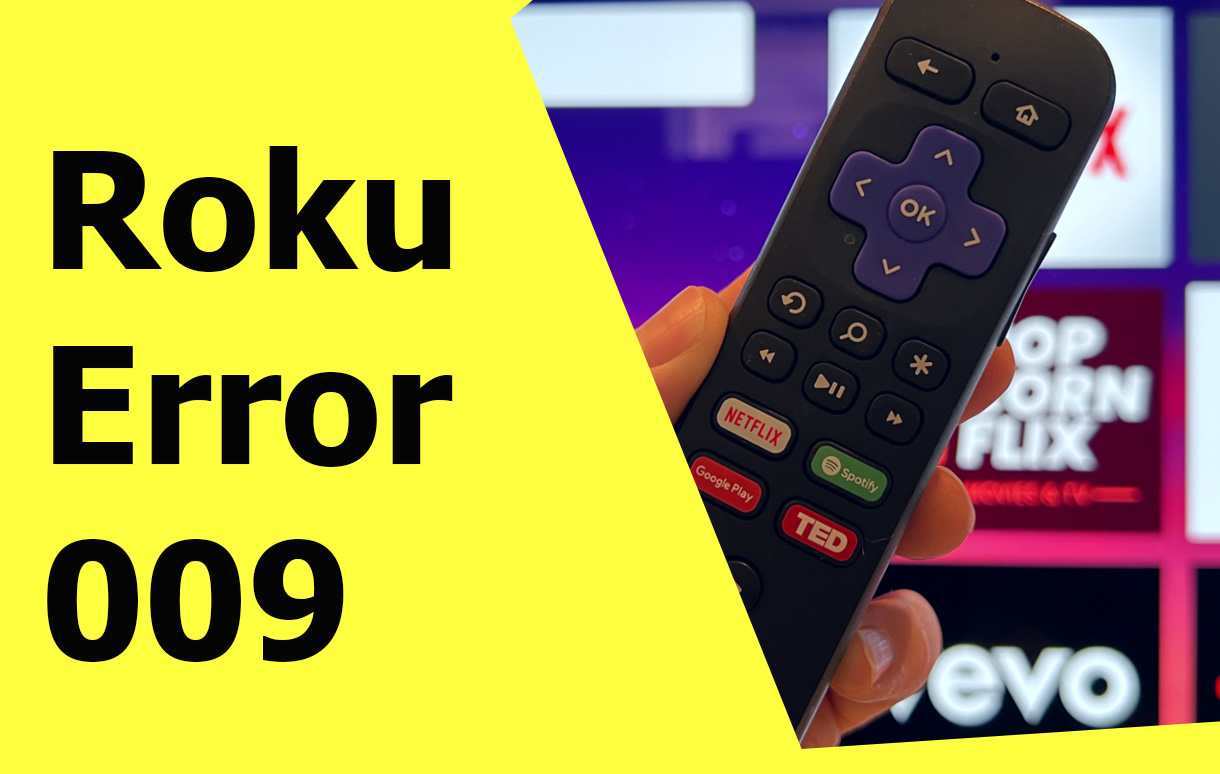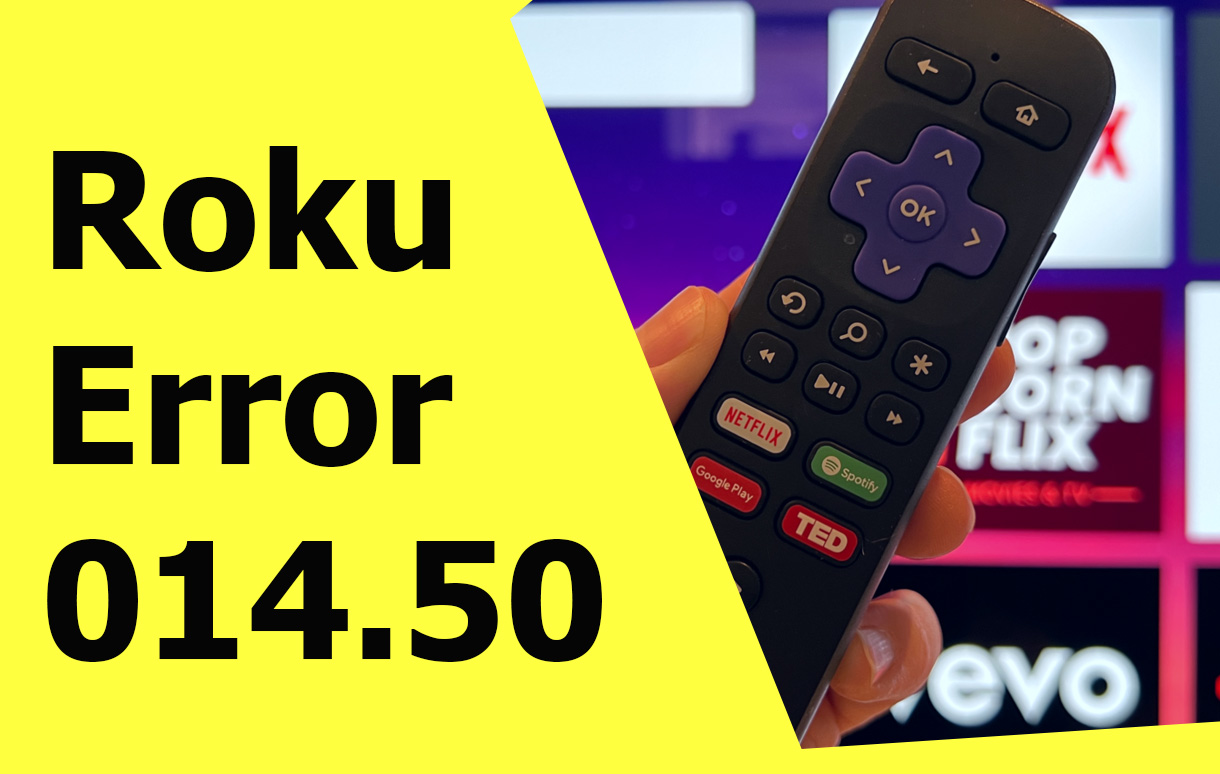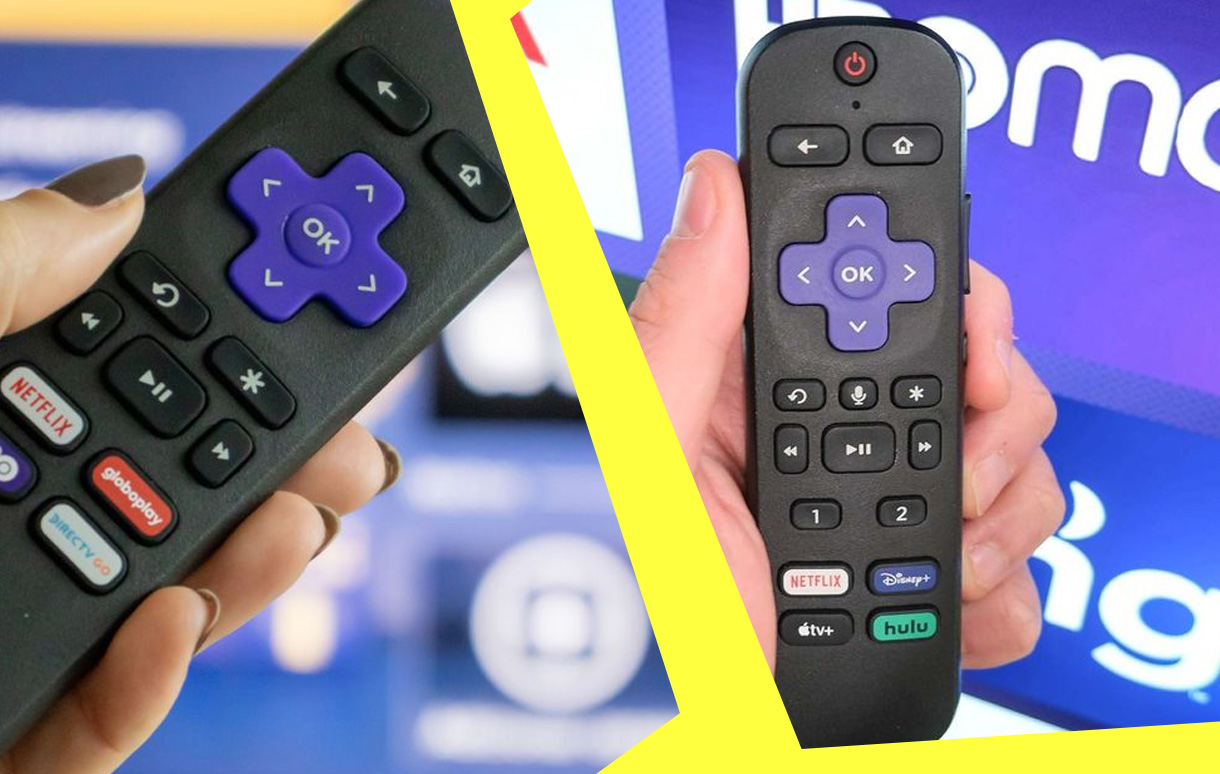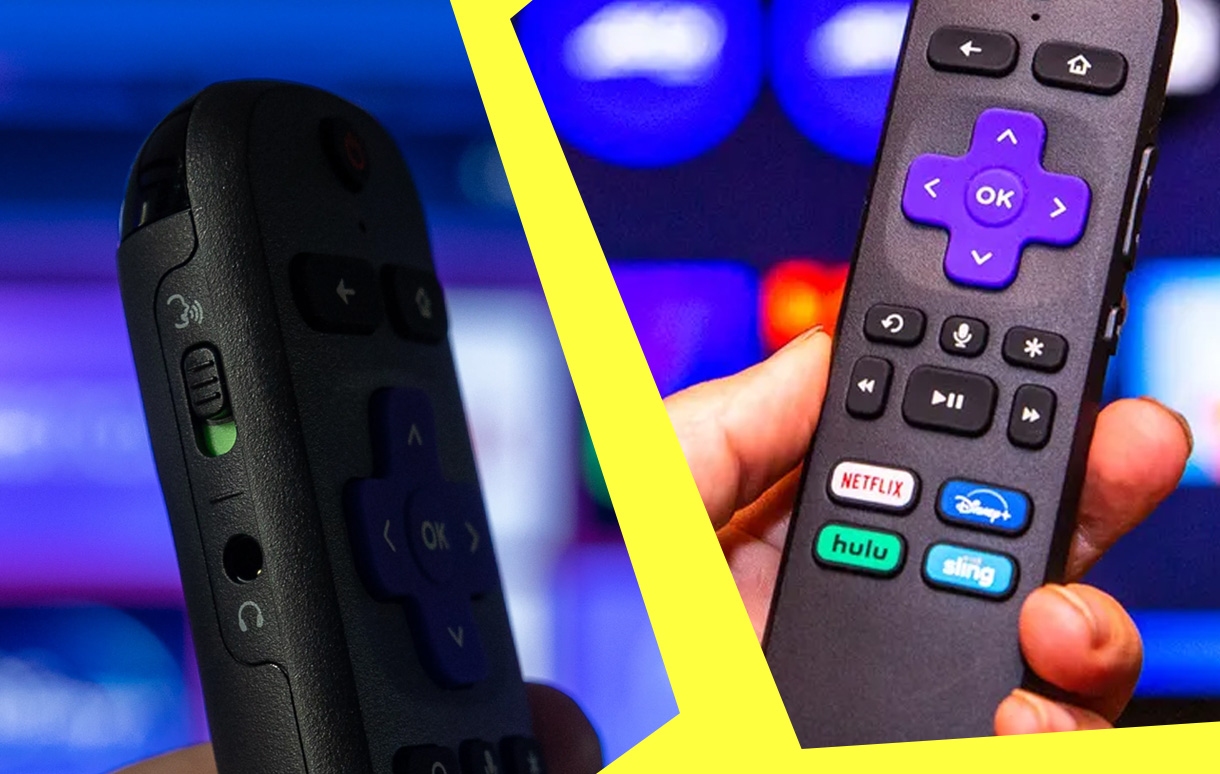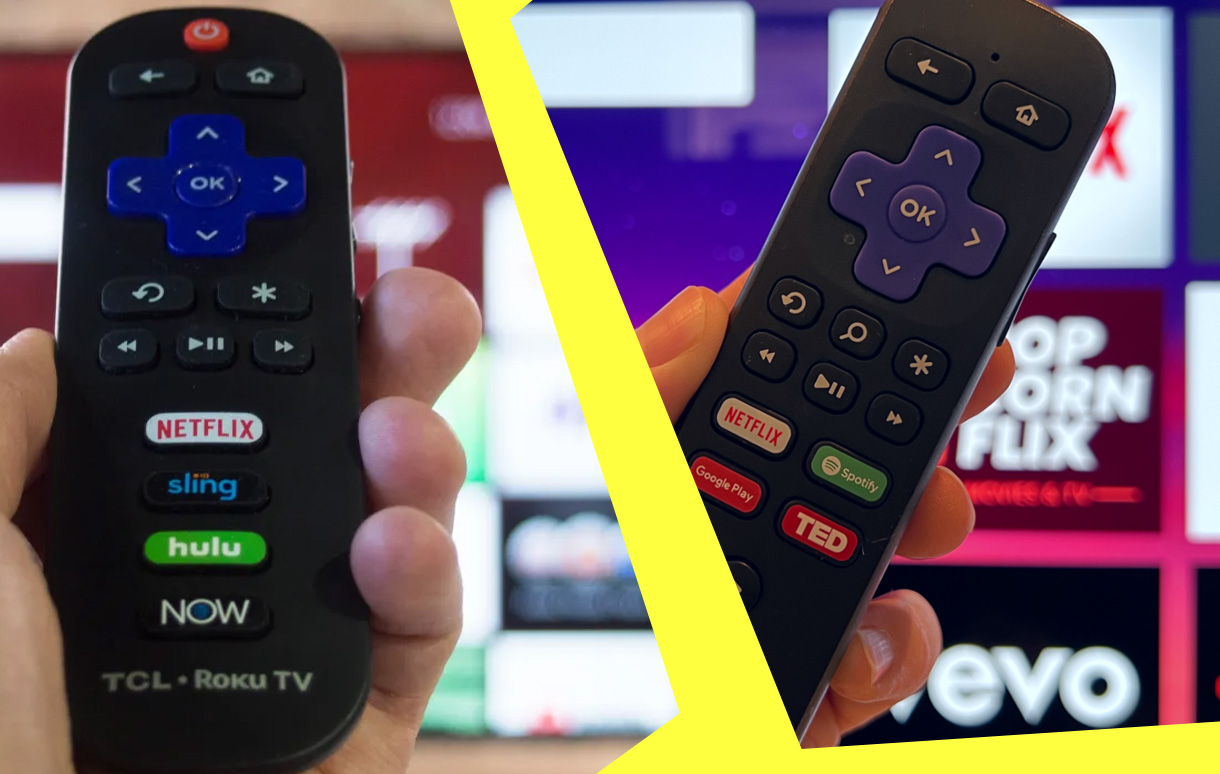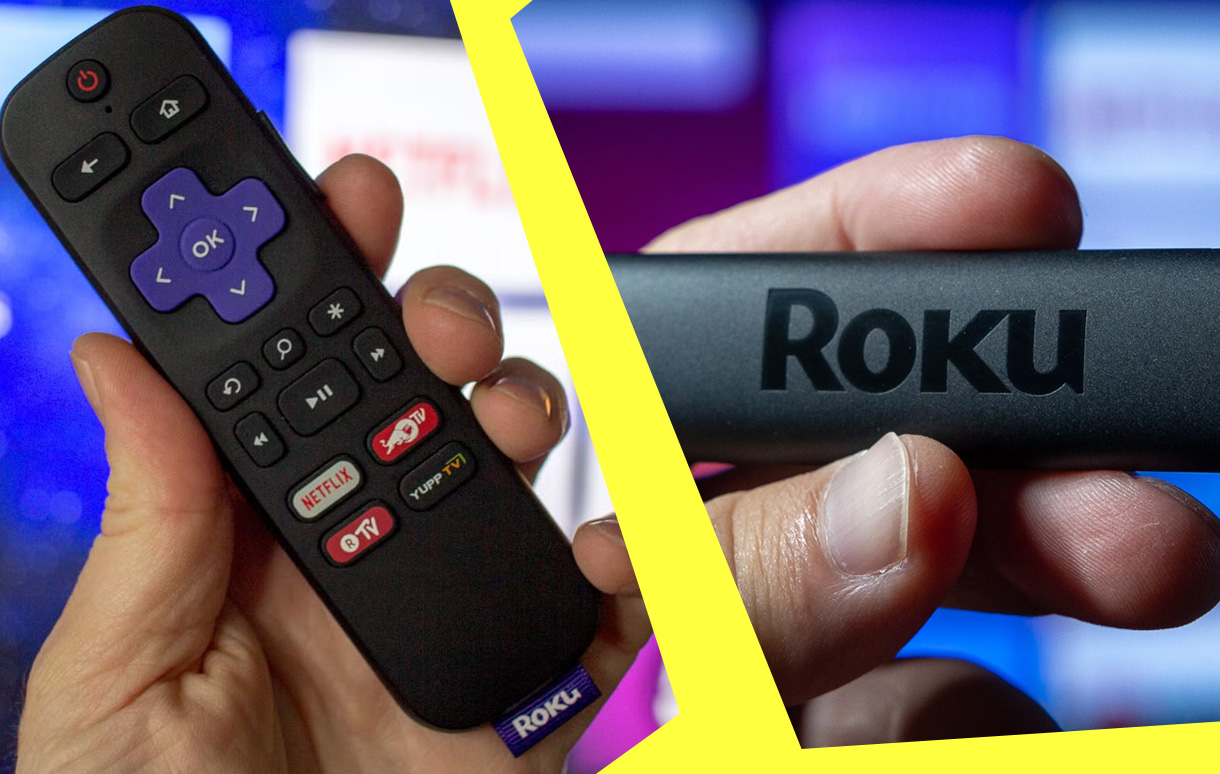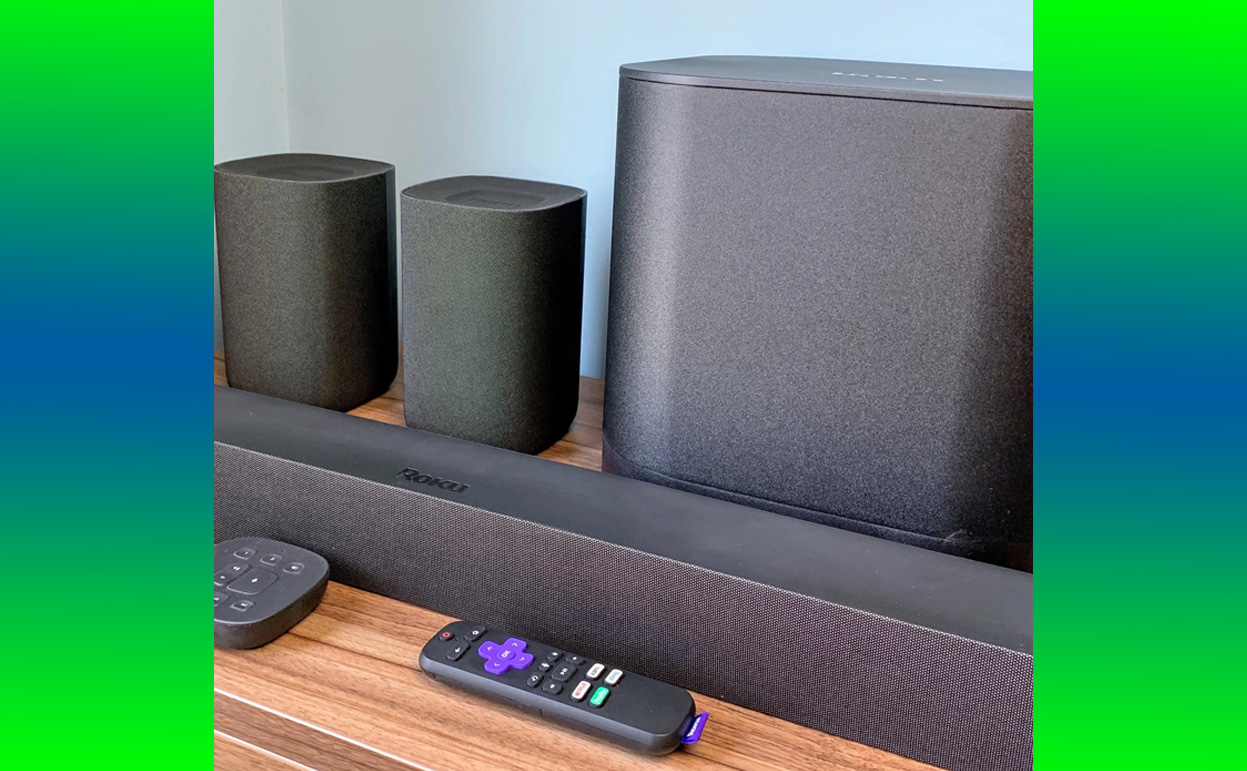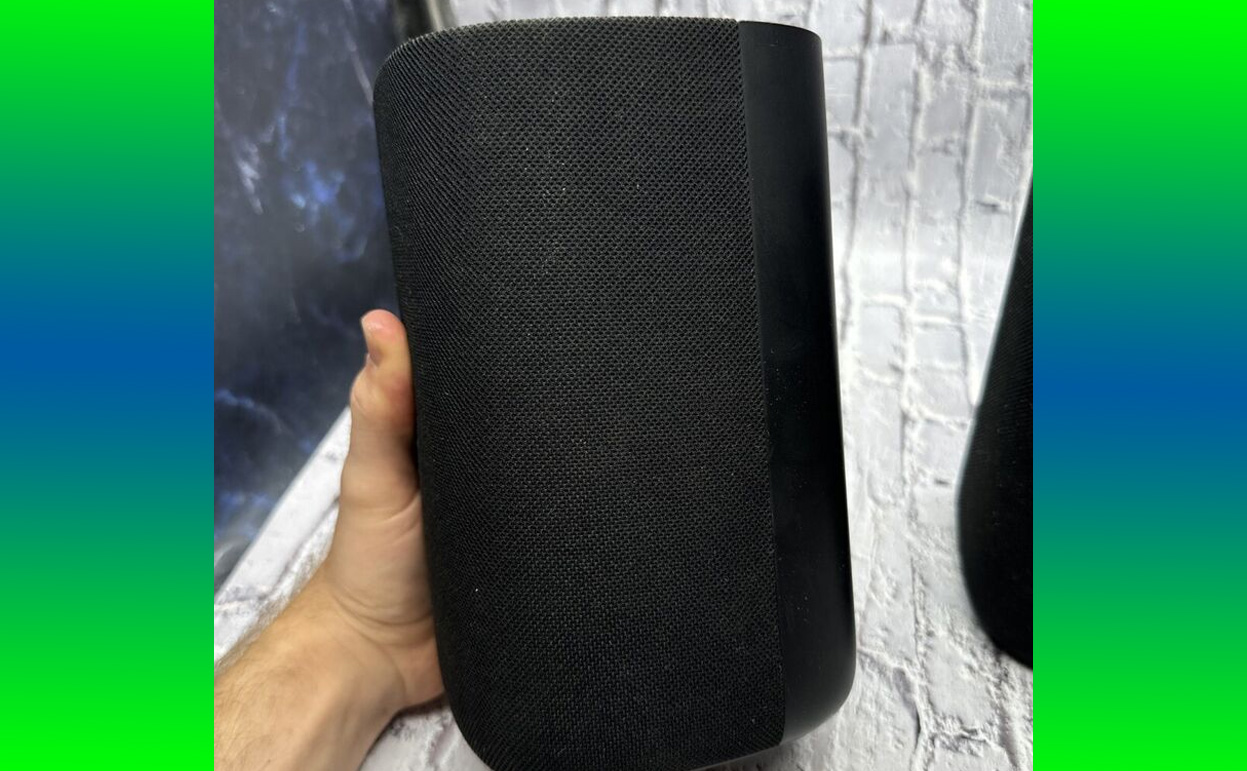Streaming with Roku has revolutionized how we enjoy content, offering convenience and an extensive library of channels. However, like all technology, Roku isn’t immune to technical hiccups. One such issue that users often encounter is Roku Error 004.
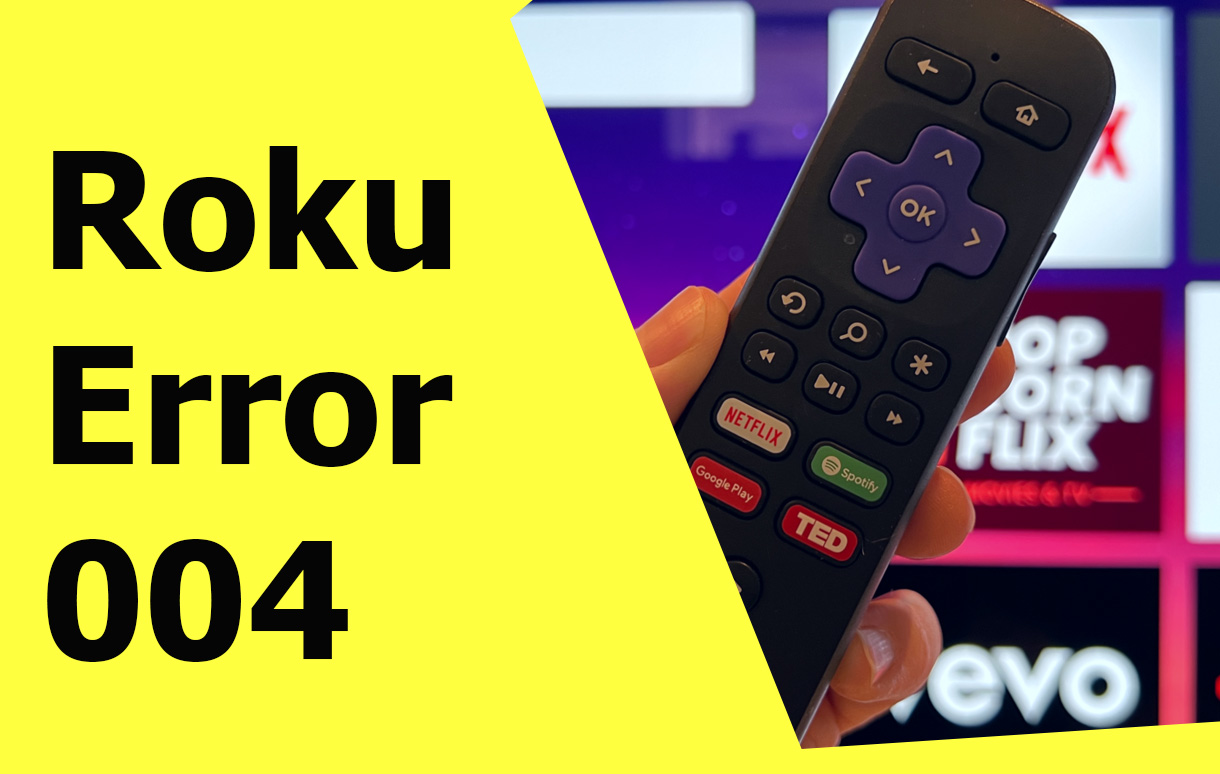
This error typically occurs when the Roku device fails to download or apply a software update, leaving users unable to access the latest features or content. If you’ve come across this error, rest assured—it’s a solvable problem with a few troubleshooting steps.
What is Roku Error 004?
Roku devices are designed to update their software periodically to ensure optimal performance and access to the latest features. However, Error 004 signals a failure in this process, usually due to connectivity issues or server-related problems. This error can be frustrating, especially if it interrupts your streaming plans, but understanding its root causes can help you fix it efficiently.
The error often stems from a network disruption, insufficient bandwidth, or an issue with Roku’s servers. Additionally, outdated firmware or router settings can exacerbate the problem. Identifying the specific cause is the first step toward resolving it.
Diagnosing the Issue
When Error 004 appears on your Roku device, the on-screen message often provides a hint about the underlying issue. Begin by checking your internet connection. If other devices in your home can connect to the internet without issues, the problem may lie with your Roku device or its interaction with your router.
Next, ensure that your Roku device has a stable connection to your Wi-Fi network. Weak signals or frequent dropouts can prevent the device from downloading updates. Moving your Roku closer to the router or eliminating physical obstructions can help improve connectivity.
Fixing Roku Error 004
Fixing this error involves addressing both potential network and device-specific issues. Start by restarting your Roku device and router. This simple step often resolves temporary glitches and clears up connection problems. Unplug both devices, wait a few seconds, and plug them back in. Once they restart, attempt the update process again.
If the problem persists, verify your network settings. Log into your router’s admin panel and ensure that it’s not blocking Roku’s update servers. Firewalls or parental control settings can inadvertently restrict access. Additionally, check that your router firmware is up to date, as outdated software can cause compatibility issues.
Another potential solution is to switch to a wired Ethernet connection if your Roku model supports it. Ethernet connections provide a more stable and faster connection compared to Wi-Fi, reducing the likelihood of interruptions during the update process.
Advanced Troubleshooting Techniques
For more stubborn cases of Error 004, you may need to delve into advanced troubleshooting. Manually resetting your Roku device to its factory settings can sometimes resolve persistent software issues. To do this, navigate to the settings menu, select “System,” and choose “Advanced System Settings.” Follow the prompts to reset the device and set it up again from scratch.
If the issue continues, you can attempt to update your Roku device via an alternative network. Connect your Roku to a different Wi-Fi network, such as a mobile hotspot, and see if the update process succeeds. This step can help determine whether your primary network is the source of the problem.
Occasionally, Roku’s servers may experience temporary outages or high traffic, preventing successful updates. If none of the above solutions work, check Roku’s support page or social media channels for any announcements regarding server issues. In such cases, waiting for Roku to resolve the problem on their end may be the only solution.
Preventing Future Errors
To minimize the likelihood of encountering Error 004 in the future, consider the following best practices:
| Tip | Explanation |
|---|---|
| Maintain a Strong Network Connection | Ensure your Roku device has a stable and fast internet connection. |
| Keep Router Firmware Updated | Regularly update your router to avoid compatibility issues. |
| Position the Router Optimally | Place your router in a central location to minimize signal interference. |
| Regularly Restart Devices | Periodic reboots of your router and Roku can clear temporary glitches. |
The Bigger Picture: Roku’s Reliability
While Roku Error 004 can be inconvenient, it’s important to remember that such errors are relatively rare and usually easy to resolve. Roku remains a leading choice for streaming enthusiasts due to its user-friendly interface, affordability, and vast content library. Its ability to deliver a seamless streaming experience far outweighs occasional technical issues.
If you’re still unable to fix Error 004 after trying the above solutions, reaching out to Roku’s customer support is the next step. They can provide tailored assistance and help you get back to streaming without further interruptions.
Conclusion
Roku Error 004, though frustrating, is a fixable issue that typically arises from network or software-related problems. By following the troubleshooting steps outlined above, you can resolve the error and ensure your device stays updated with the latest software. Whether it’s restarting your device, checking your network, or resetting to factory settings, these solutions can help you overcome the hurdle and continue enjoying the unparalleled convenience Roku provides.
Also Check:
